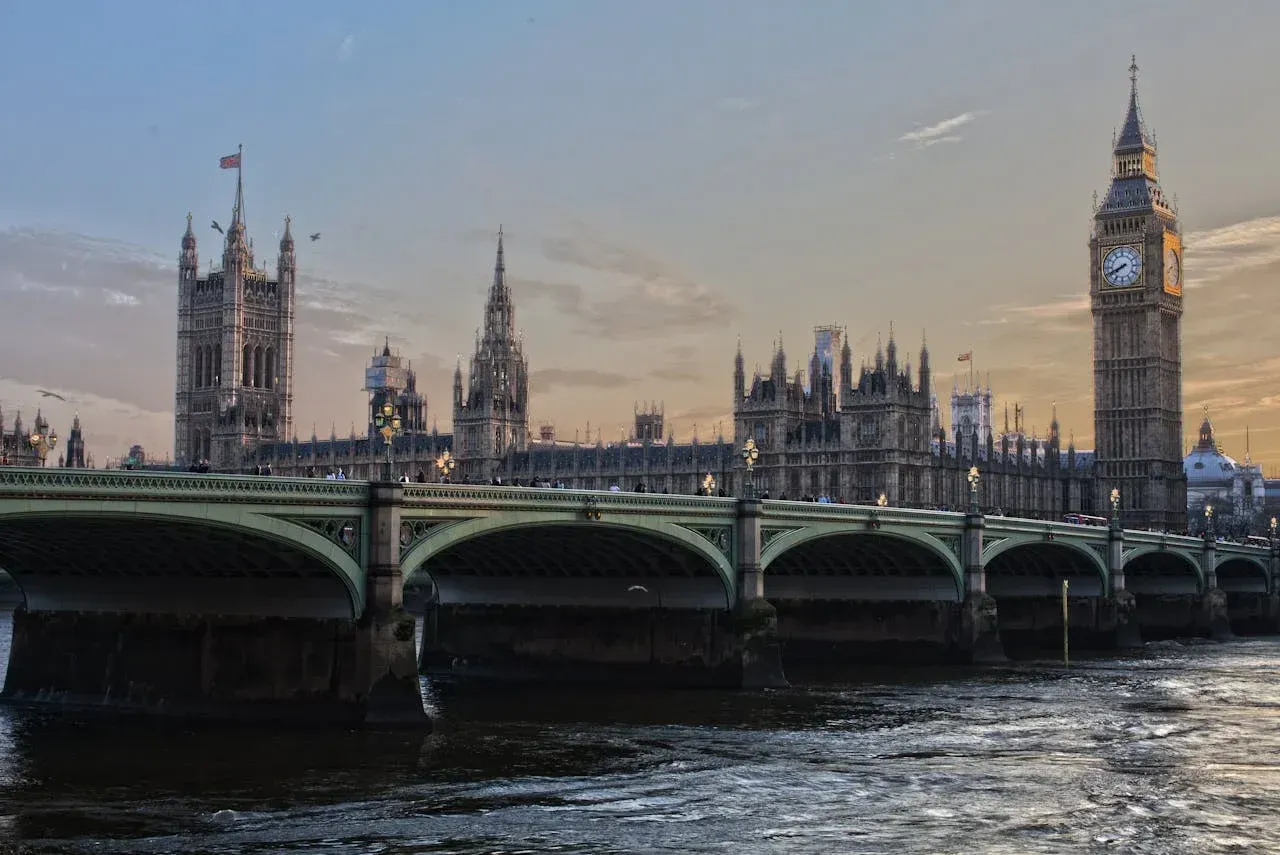Search ideas, news and case studies
Blog Categories
What Does the Autumn Budget 2025 Mean for UK Businesses?

Key Takeaways
- The Budget aims to support long-term growth, business investment and economic stability.
- SMEs benefit from lower business rates, simpler rules and updates to support innovation and scaling.
- Minimum wage increases will affect staffing costs from April.
- Investment in skills, infrastructure and apprenticeships continues.
The government has released the Autumn Budget 2025, setting out plans to support growth and create a more predictable environment for businesses. Here’s a simple breakdown of the changes that matter most to small business owners and entrepreneurs.
Business Tax Changes and Reliefs
- Lower business rates for hospitality, leisure and retail will remain permanent. These will be funded by higher rates on properties over £500,000, often used by large warehouse operators.
- The small parcel exemption will end in 2029, removing the tax break on overseas packages under £135. Customs duties will apply to parcels of any value to level the playing field between online and high street retailers.
- Entrepreneurial investment schemes will expand, encouraging more private investment into UK businesses.
- A new three-year exemption from stamp duty will support UK companies preparing to list on the stock market.
- Capital gains tax relief on business owner share sales will be cut in half. The government is halving the tax relief for employee ownership trusts because the scheme is costing more than expected.
- There will be a 40 percent first-year allowance to let businesses write off more upfront investment costs. After the first year, from April 2026, businesses will be able to claim back less tax each year on the cost of their equipment, dropping from 18 percent to 14 percent.
- EMI schemes will become available to larger businesses from April 2026
- A third of Start Up Loans are expected to be written off
These measures aim to simplify the system, improve fairness and encourage long-term investment.
Support for Scaling and Innovation
To help startups and fast-growing companies:
- A new UK Listing Relief reduces Stamp Duty Reserve Tax for companies preparing to scale.
- R&D rules are being updated to support innovation and make the system clearer.
- Capital allowances will continue to encourage investment in equipment and assets.
- Free apprenticeships for SMEs will be funded to support skills growth and talent development.
Together, these changes back the UK’s wider strategy for industrial growth and scaling.
Workforce and Wage Updates
Minimum Wage Increases from April
- The minimum wage for over-21s will rise from £12.21 to £12.71 per hour.
- Pay for 18 to 20-year-olds will rise from £10 to £10.85 per hour.
- Pay for 16-17 year olds and apprentices will rise from £7.55 to £8.00 per hour
These changes will increase staffing costs for many small employers, especially in sectors like hospitality, retail and care.
How Is the Government Managing Public Finances?
The government plans to borrow less each year. The OBR says there are also two financial “buffers” built into the plans, which act as safety margins. This creates a more stable outlook and should give business owners more confidence when planning for the future.
What Are the Latest Economic Forecasts?
The OBR expects the economy to grow by 1.5 percent this year, which is slightly better than expected.
Inflation is also expected to fall from 3.5 percent to 2.5 percent next year, and reach the 2 percent target by 2027.
Lower inflation means prices should rise more slowly. This should ease cost pressures for businesses and help support customer spending.
What Does All This Mean for SMEs?
For small business owners and entrepreneurs, the Budget signals:
- Ongoing support through lower business rates.
- A simpler and fairer trading environment for UK sellers.
- Strong backing for innovation, skills and apprenticeships.
- Continued investment in infrastructure and regional growth.
- A more predictable economic landscape with falling inflation.
While rising wage and cost pressures remain, the Budget sets a clearer path focused on long-term stability and business growth.






